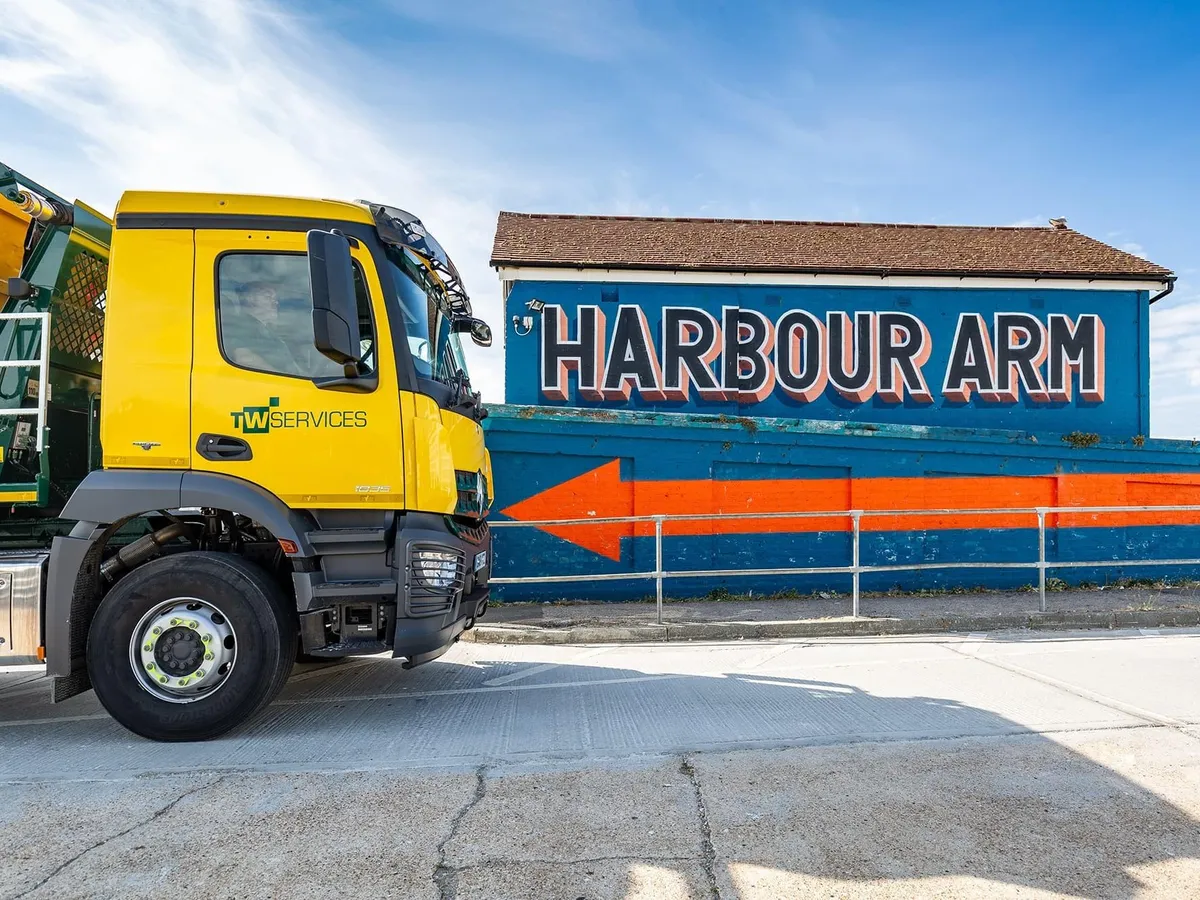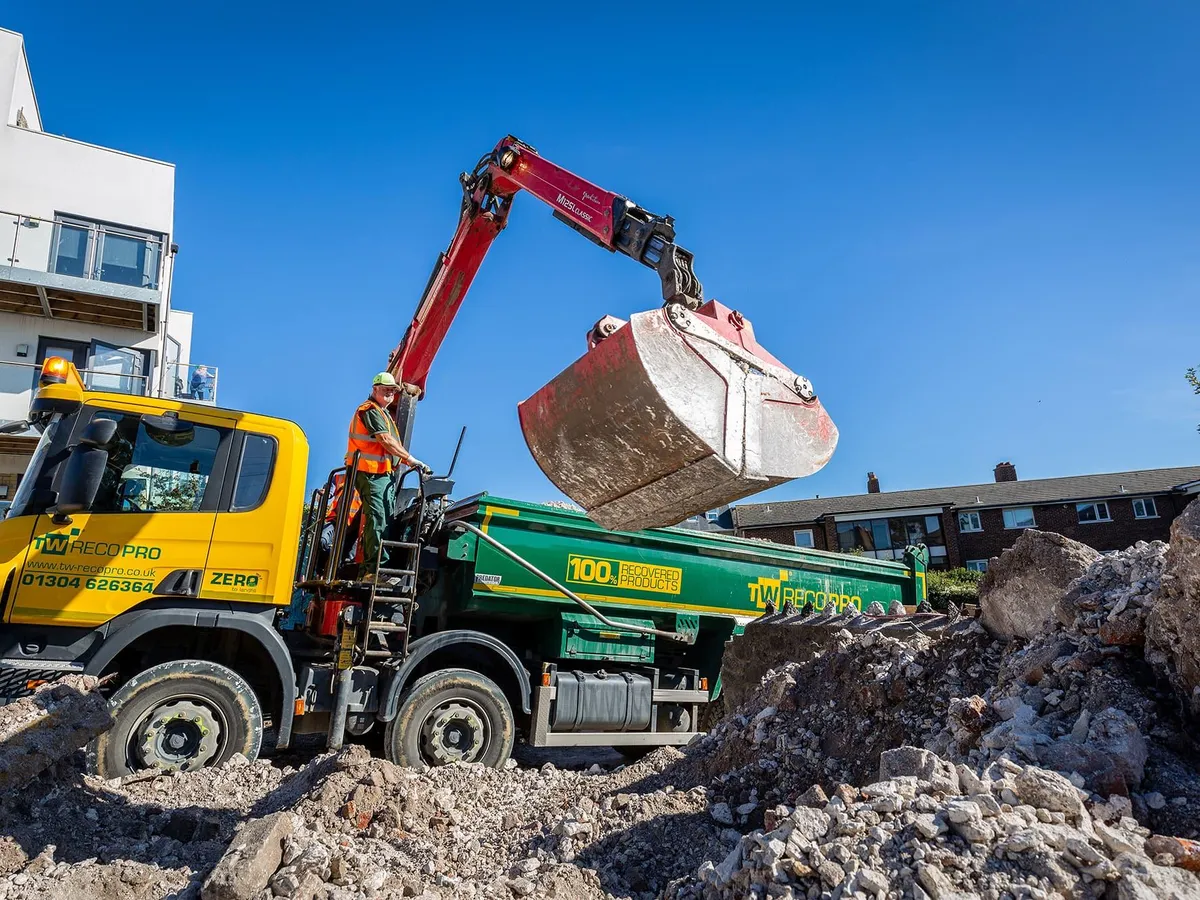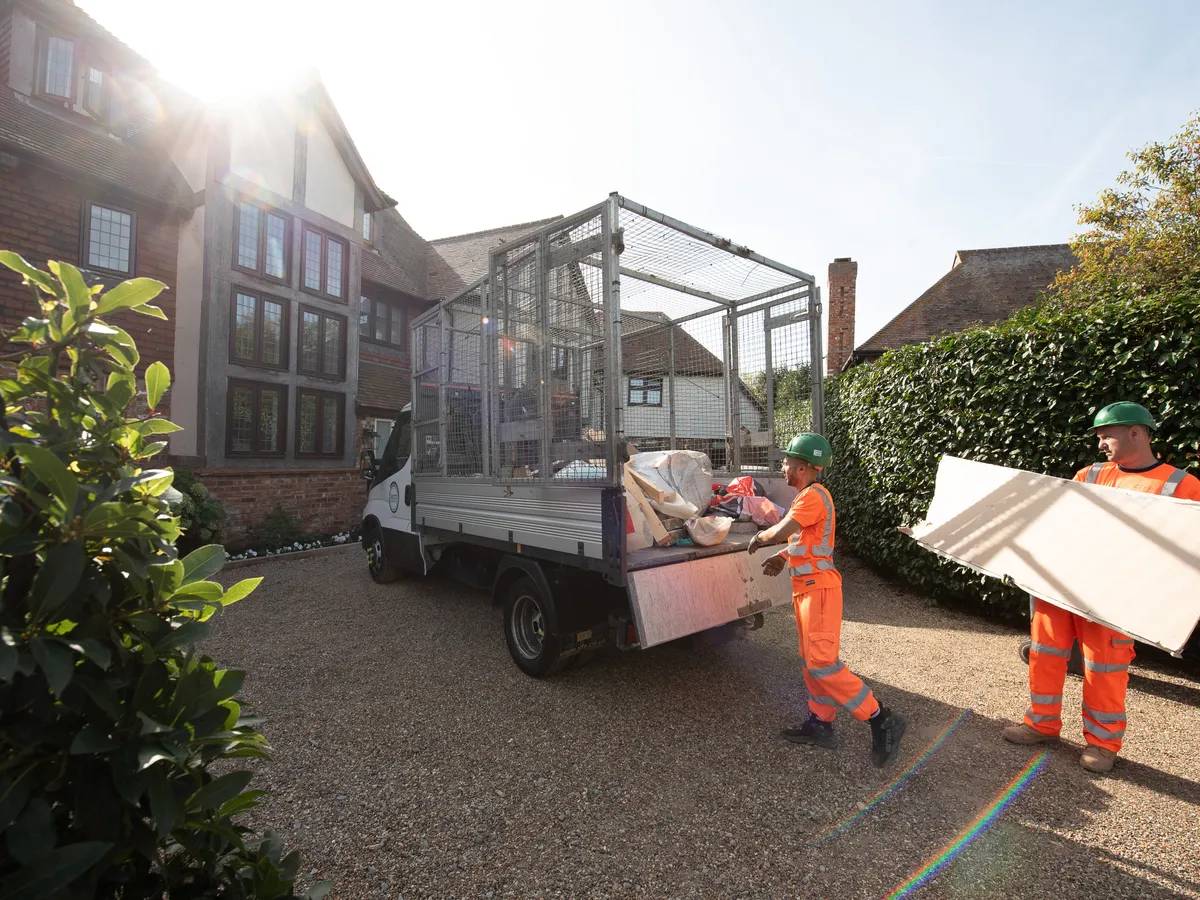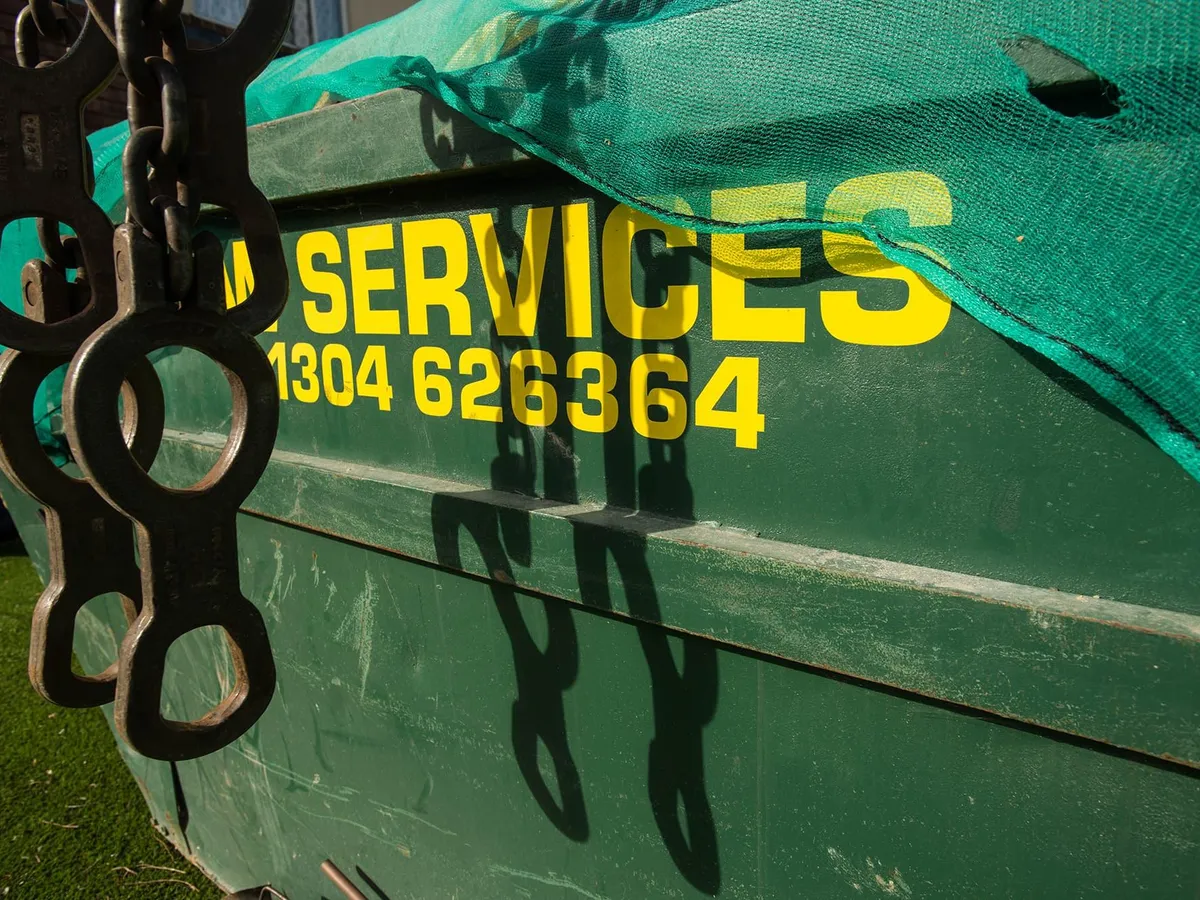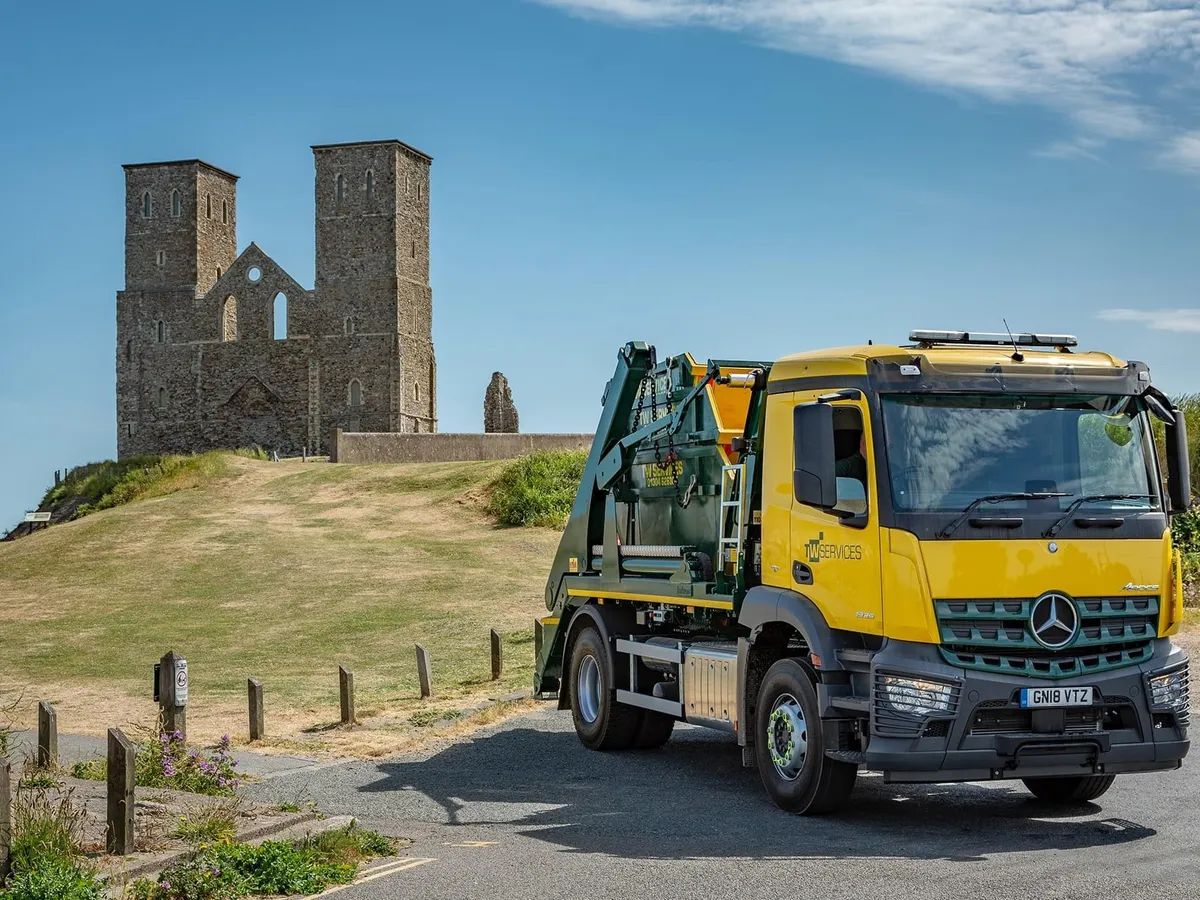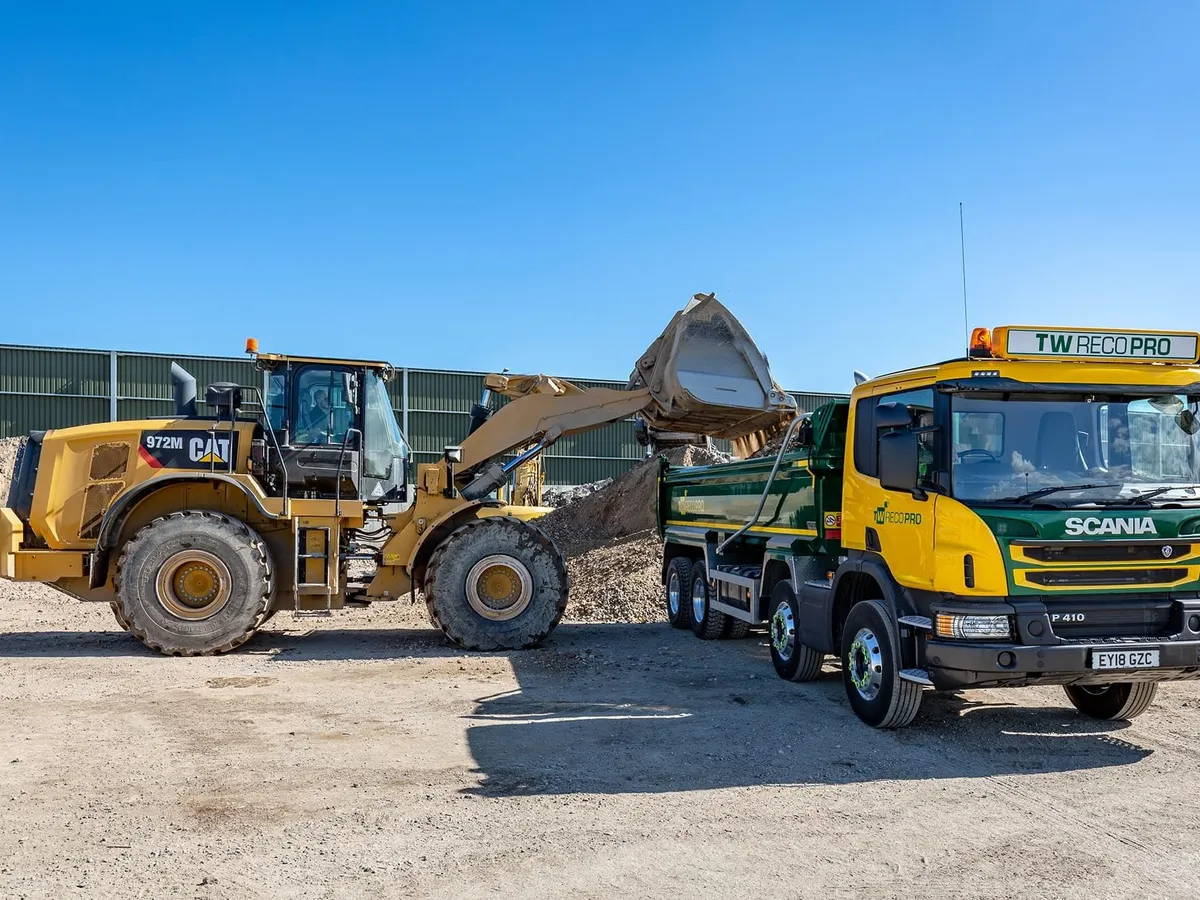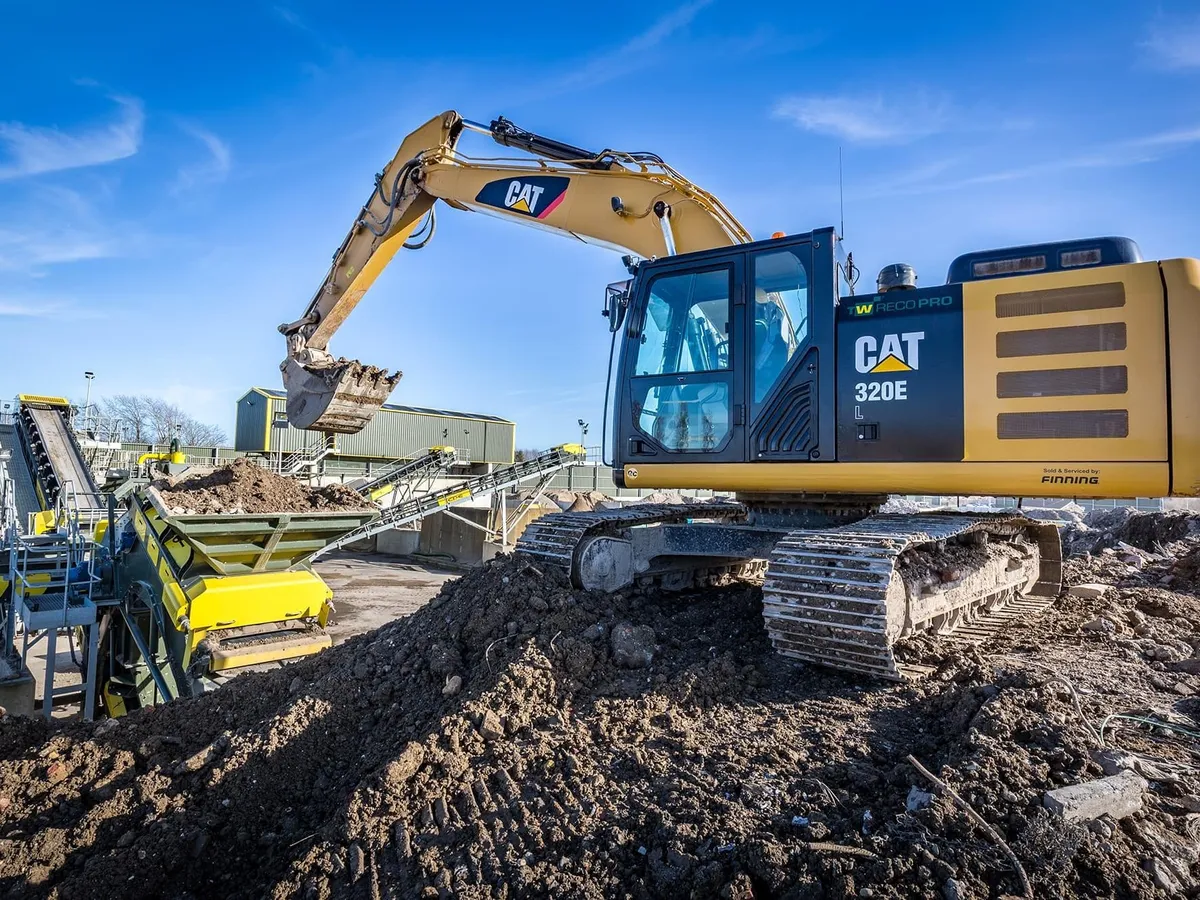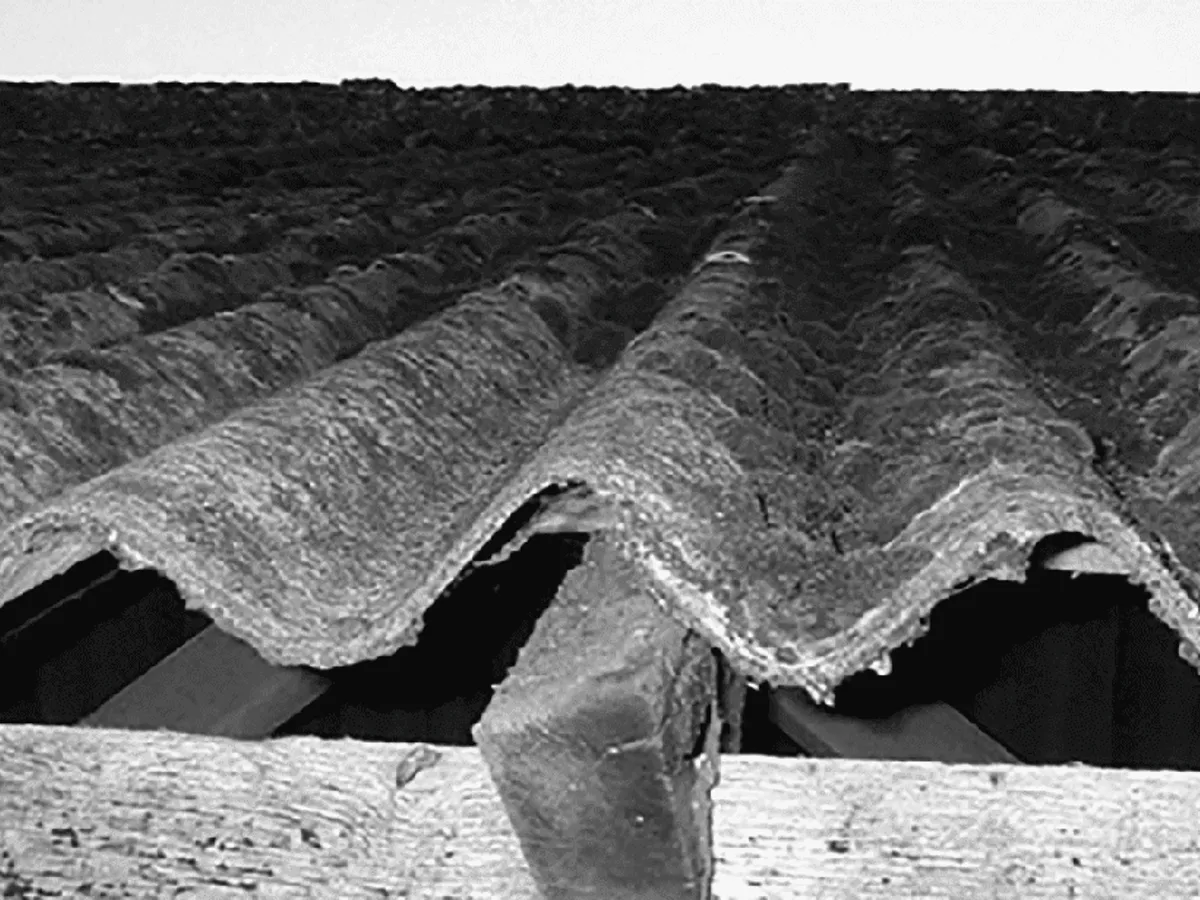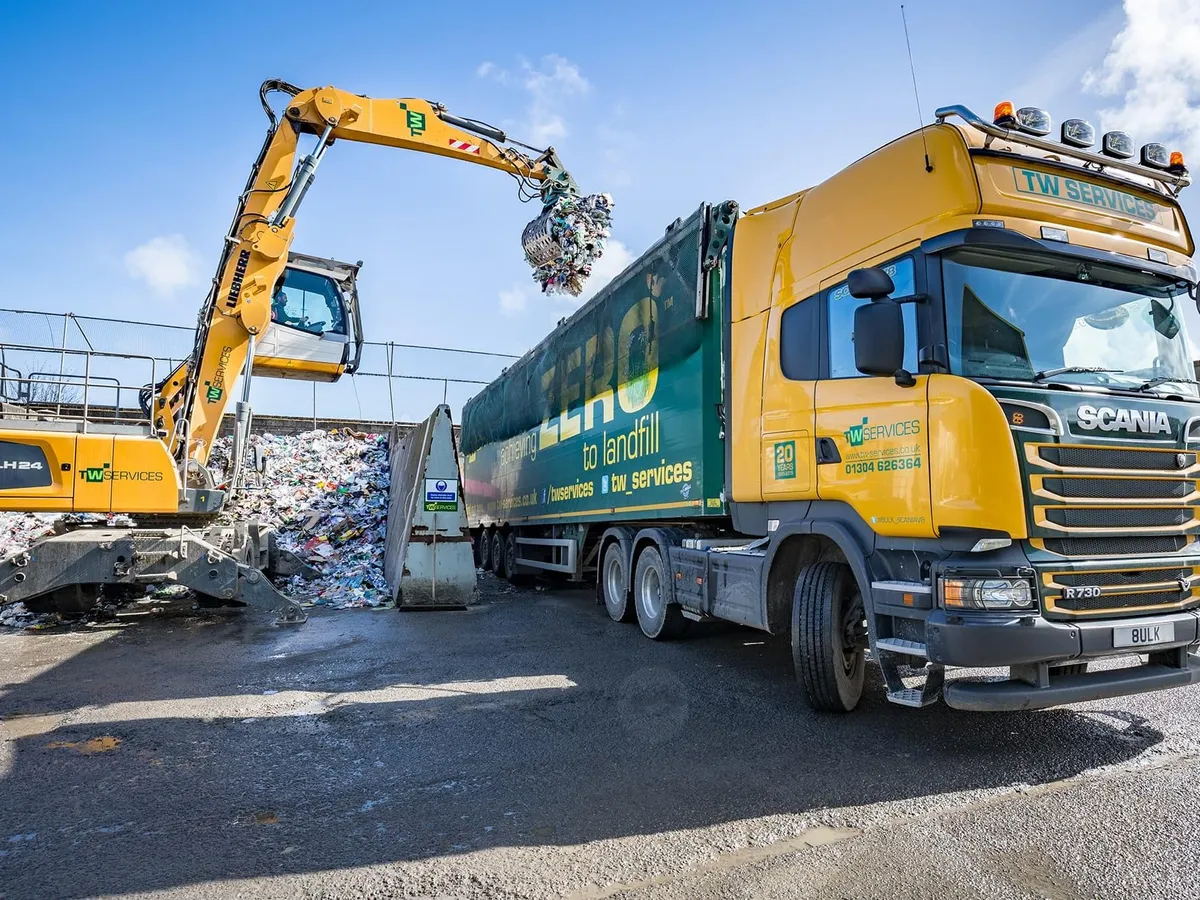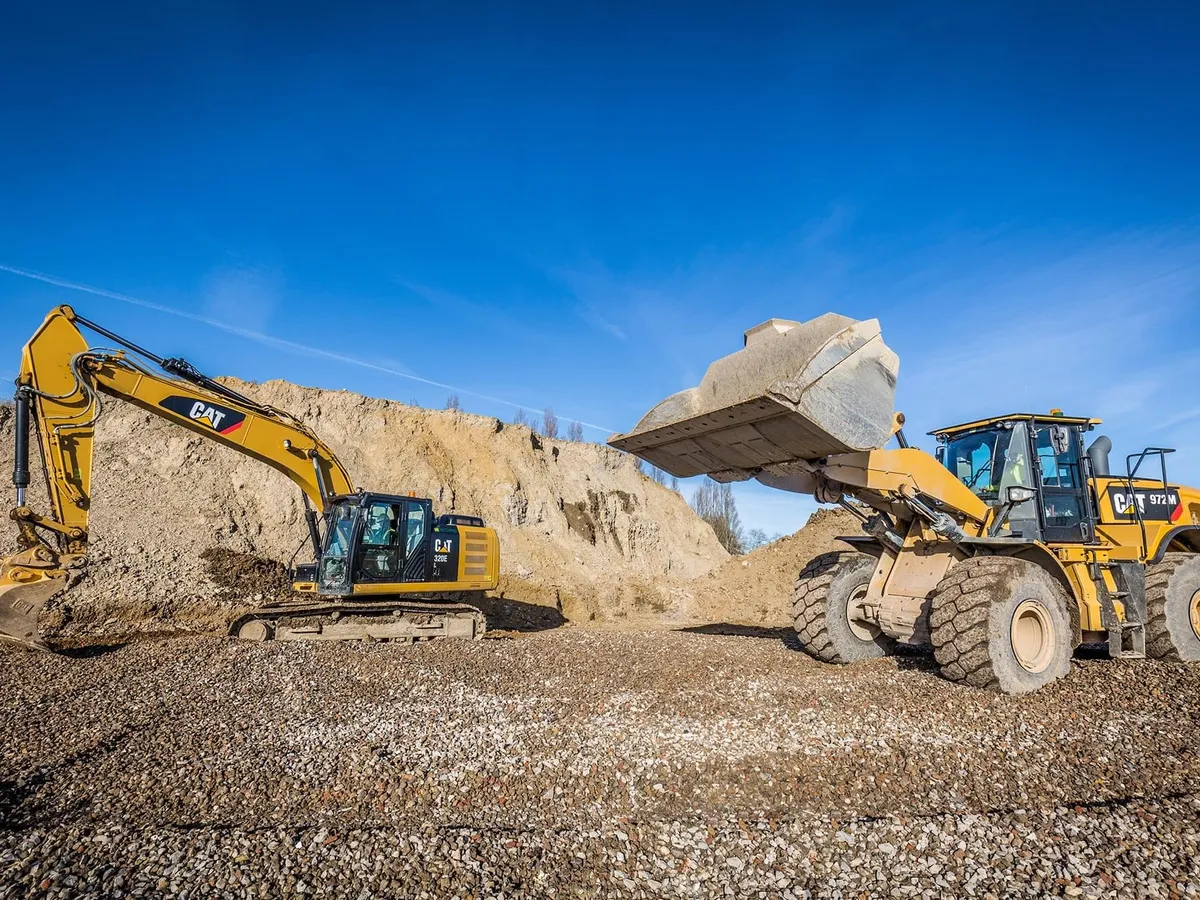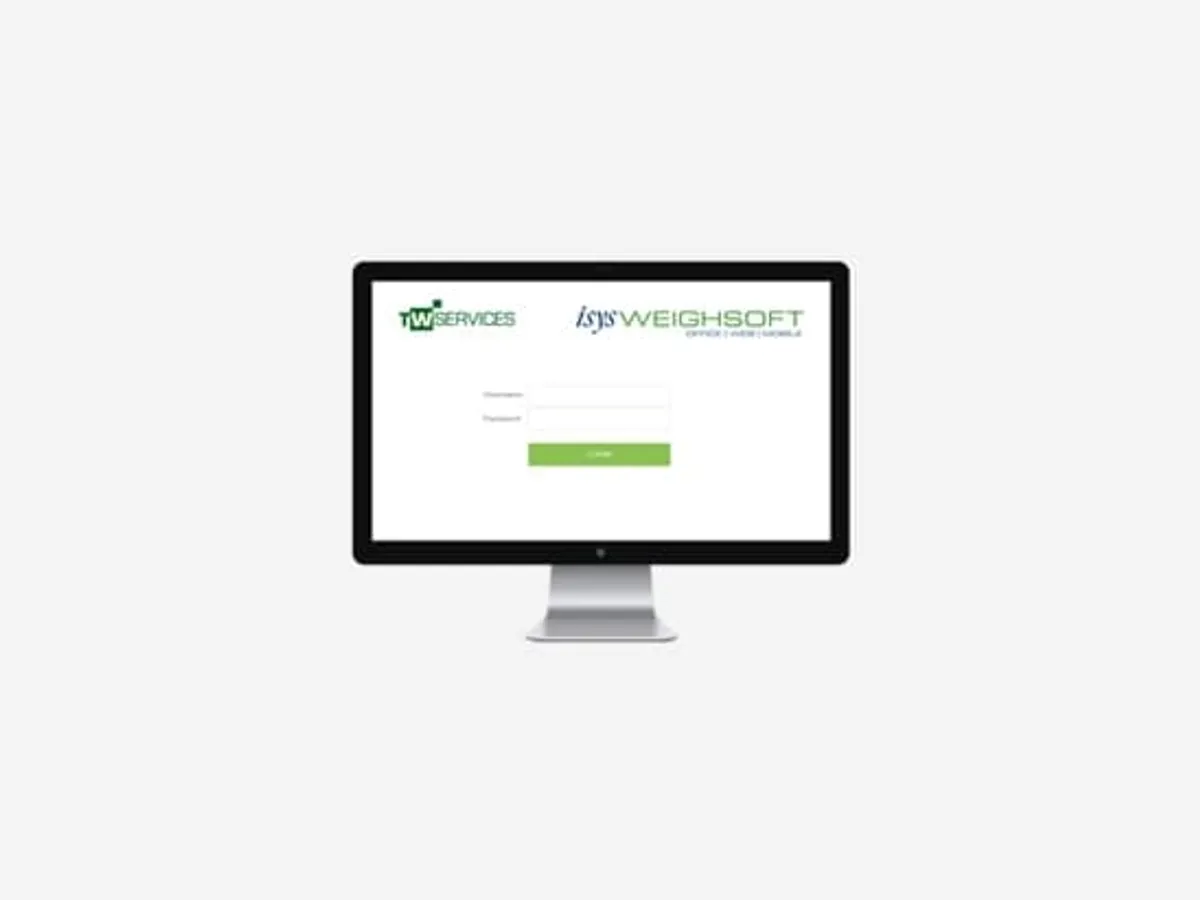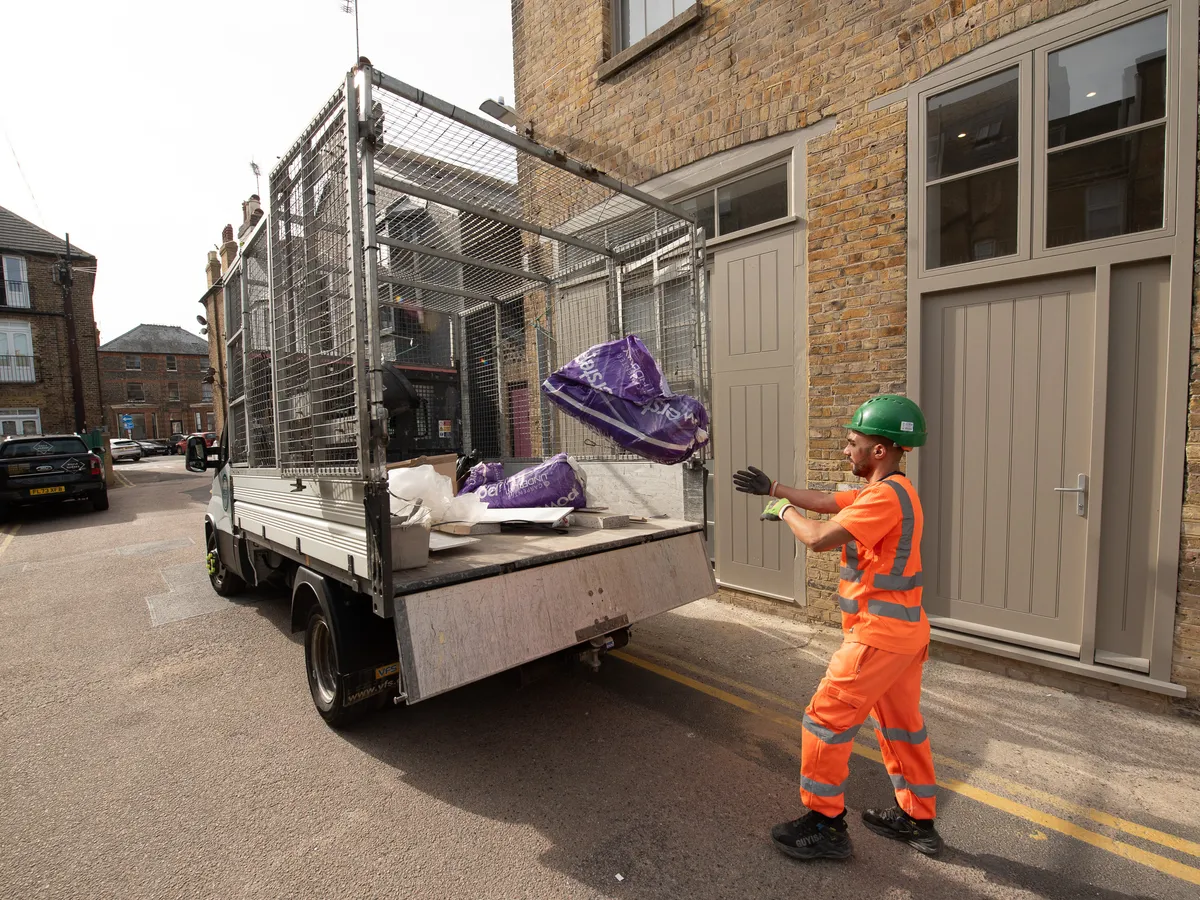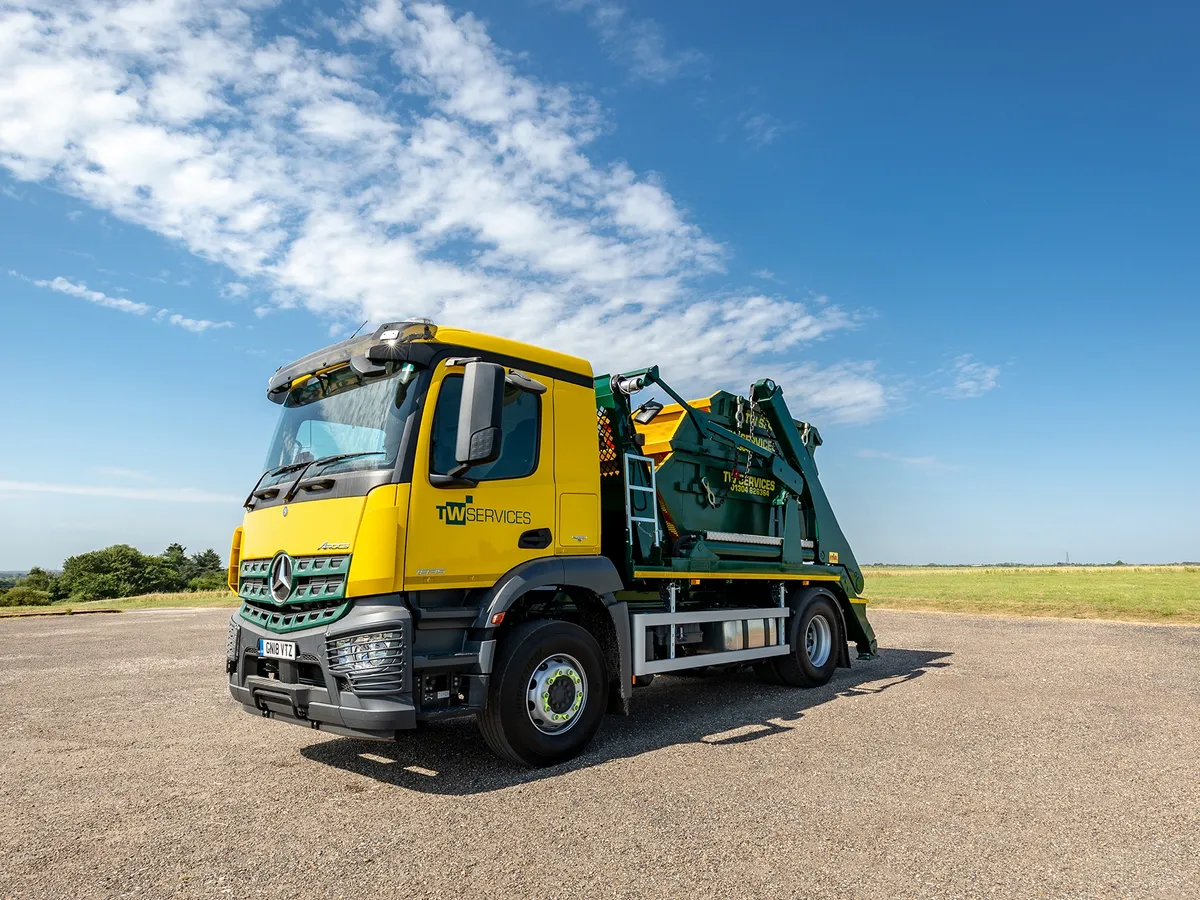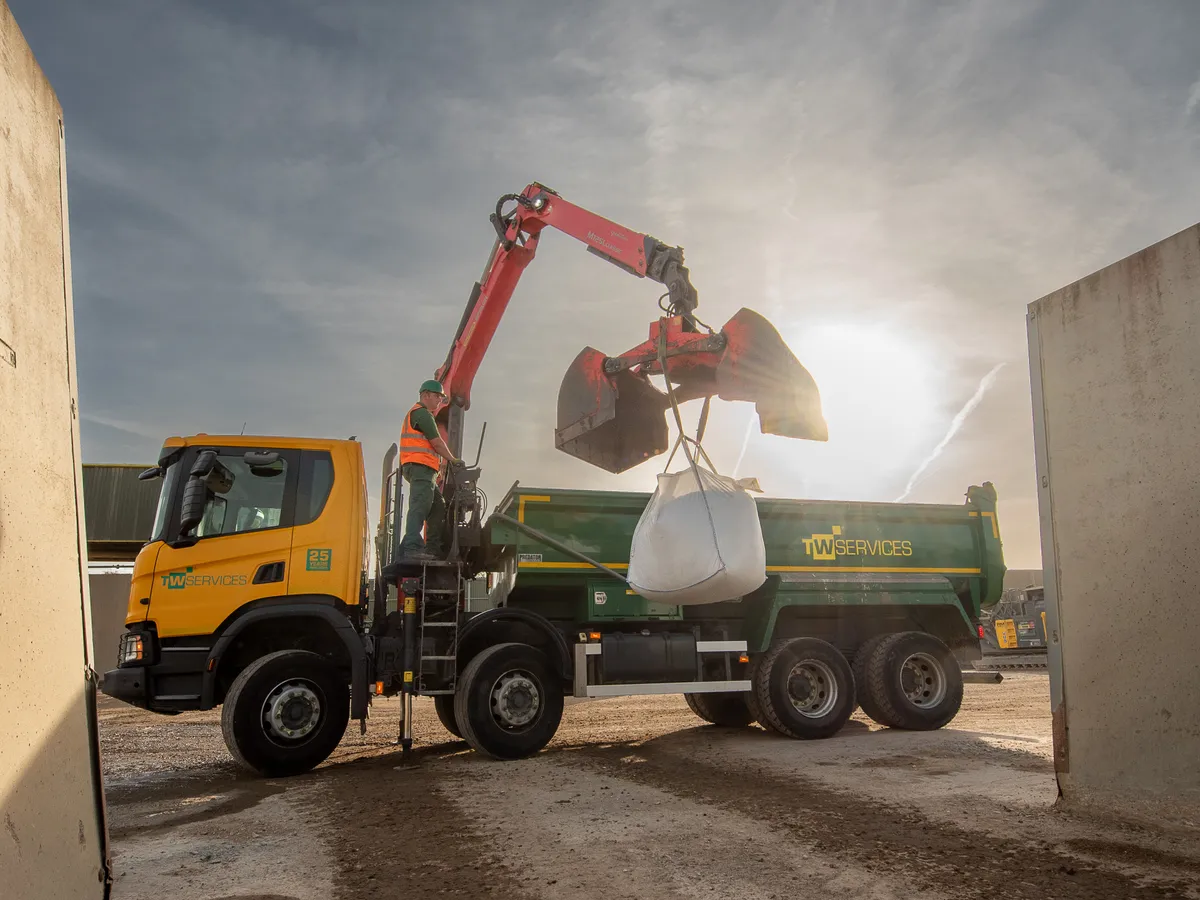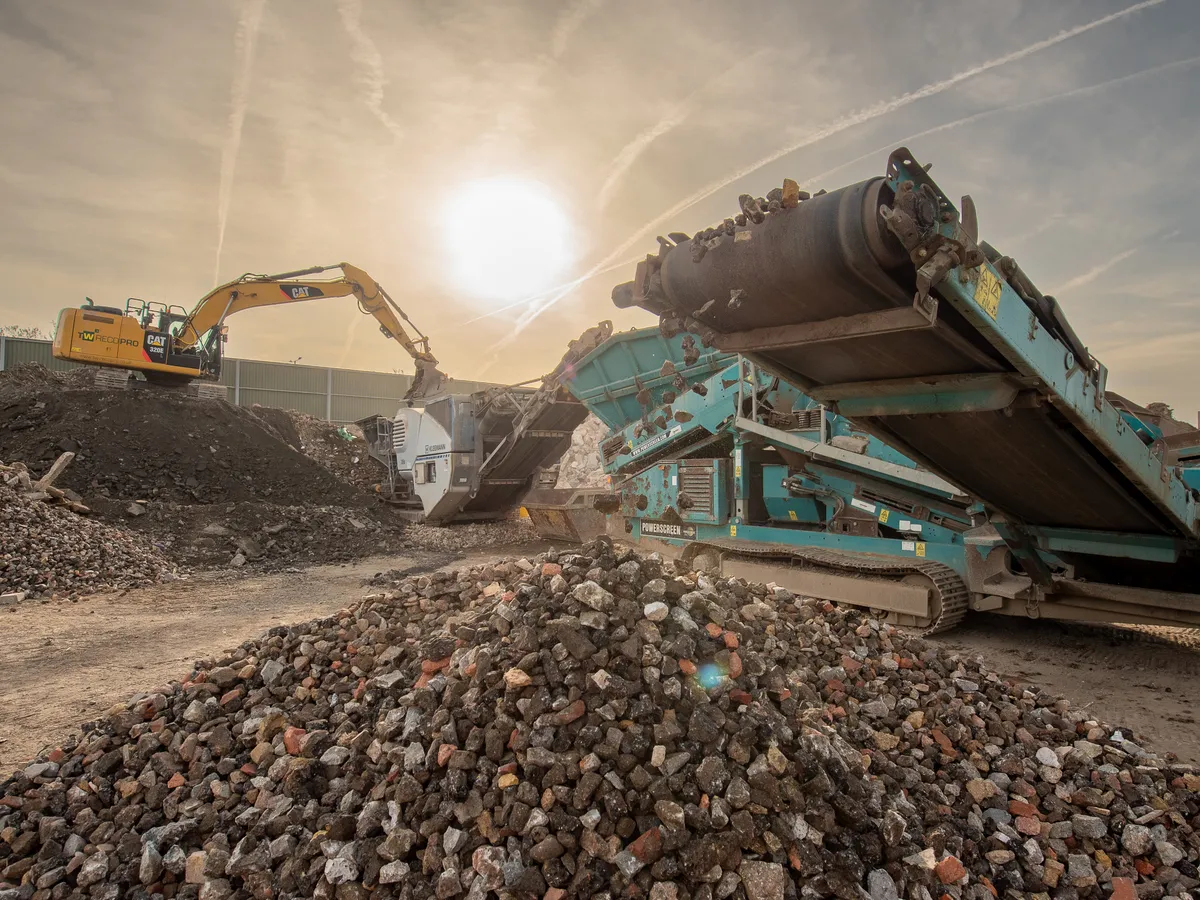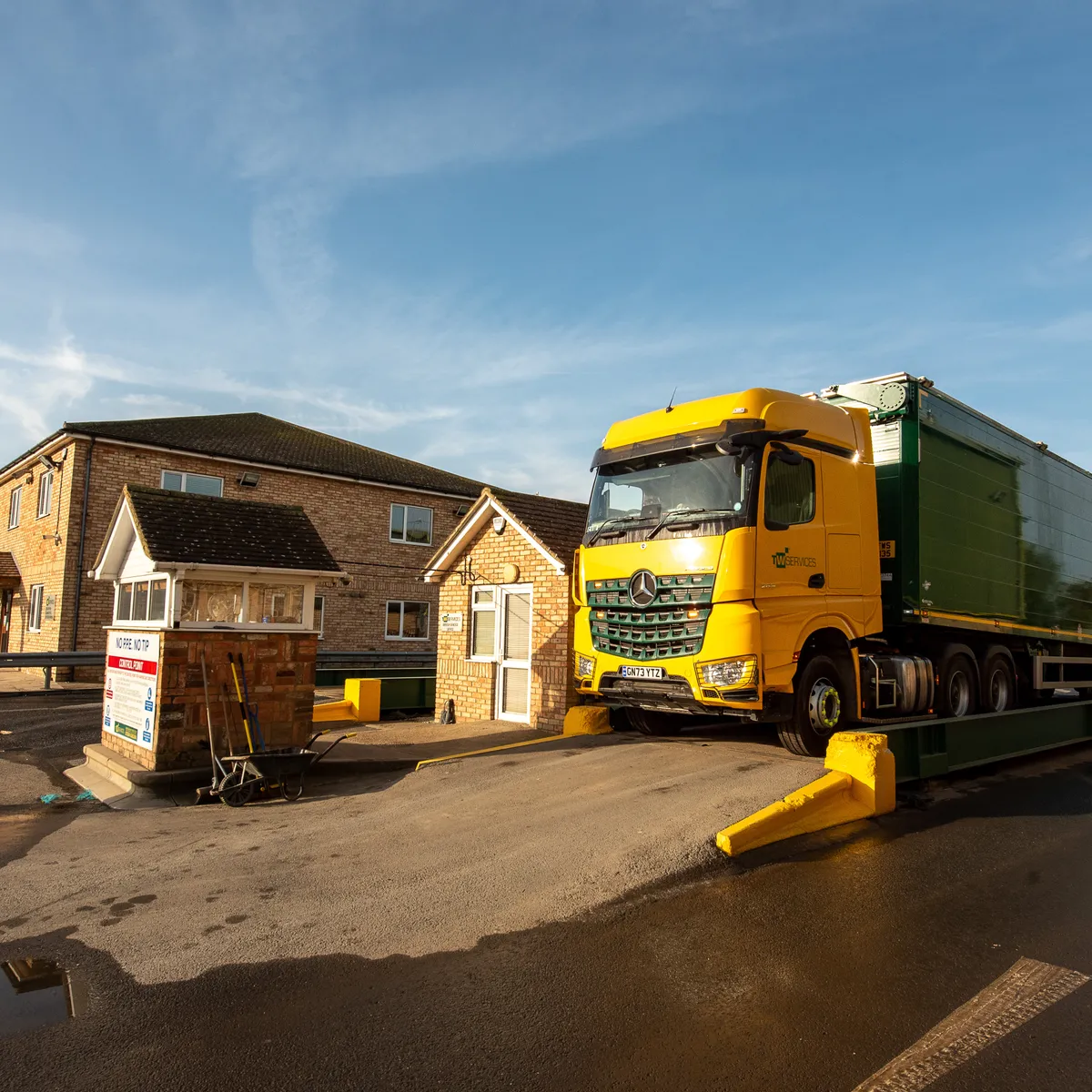
What is E-Waste?
The amount of discarded electrical or electronic equipment is growing faster than ever. This type of waste is known as E-waste, and it poses one of the biggest environmental challenges of our time. But what exactly does it include, why is there so much of it, how should it be handled responsibly, and how can TW Services help?
What counts as E-Waste
E-waste refers to any electrical or electronic item that is no longer wanted or no longer works. This includes:
Computers, laptops, and tablets
Mobile phones and accessories
Televisions, monitors, and projectors
Kitchen appliances like microwaves, kettles, and toasters
Larger household items such as fridges, washing machines, and cookers
Cables, chargers, and batteries
Waste electrical and electronic equipment components
It’s important to remember that E-waste isn’t just the obvious gadgets, it covers anything powered by electricity or batteries, no matter how small.
Why is there so much waste from Electrical and Electronic Equipment?
There are a few key reasons why E-waste is on the rise:
Rapid technological change – Devices become outdated quickly, encouraging upgrades.
Planned obsolescence – Some products are designed with a shorter lifespan to drive sales of newer models.
Falling prices – Electronics are often more affordable than ever, making replacement more tempting than repair.
Consumer demand – As we rely more on digital devices for work, communication, and entertainment, the number of gadgets per household keeps increasing.
According to global reports, millions of tonnes of E-waste are generated every year. Much of this waste is not disposed of correctly, which is especially concerning due to the amount of toxic materials within electronic devices.
How to Dispose of E-Waste
E-waste can contain hazardous materials such as lead, mercury, and cadmium, which can harm people and the environment if not handled properly. At the same time, many devices contain precious metals like gold, copper, and aluminium that can be recovered and reused.
The safest and most sustainable ways to dispose of e-waste include:
Taking it to a local recycling centre – Many accept electrical items which can not be put in a skip for proper dismantling and recycling.
Skip hire from TW Services for responsible disposal of E-waste
Donating or selling – If the device still works, passing it on can extend its life and prevent waste.
Never throw E-waste into your household bin, it will end up in a landfill, where harmful substances can leach into the soil and water.
How Can Skip Hire Help with Electronic Waste?
While you can’t put certain hazardous electricals in a standard skip, skip hire can still play a role in larger-scale E-waste disposal projects.
For example:
Office clearances – If you’re replacing a large amount of IT equipment, a skip can be used for non-hazardous waste alongside a dedicated e-waste recycling service.
Home renovations – Old kitchen appliances or small electricals can be disposed of safely when separated from general waste and taken to an approved facility.
Commercial refurbishments – Businesses upgrading their electrical equipment can use skips for other waste types, with separate arrangements for regulated E-waste.
At TW Services, we can advise you on what can and cannot go in your skip and help you find the best way to handle E-waste in line with environmental regulations.
Contact Us Today
If you’re planning a project that involves clearing out old electricals, TW Services is here to help. We offer a range of skip hire sizes and waste management solutions to suit domestic, commercial, and industrial needs.
Our commitment to sustainability means we’ll ensure your waste is handled responsibly, recycling wherever possible to support our zero-to-landfill goal.
Get in touch today to discuss your waste disposal requirements and find the right solution for you.
